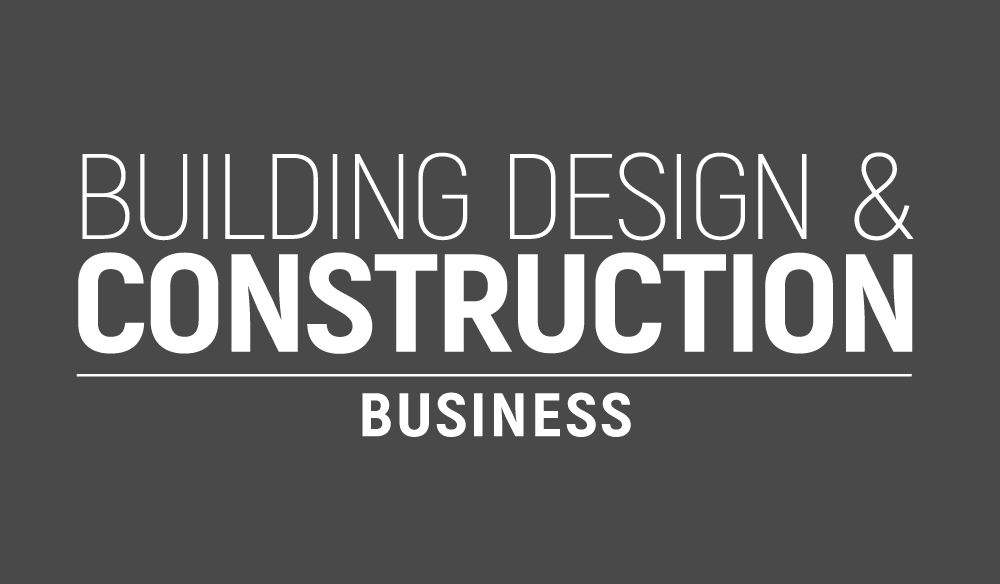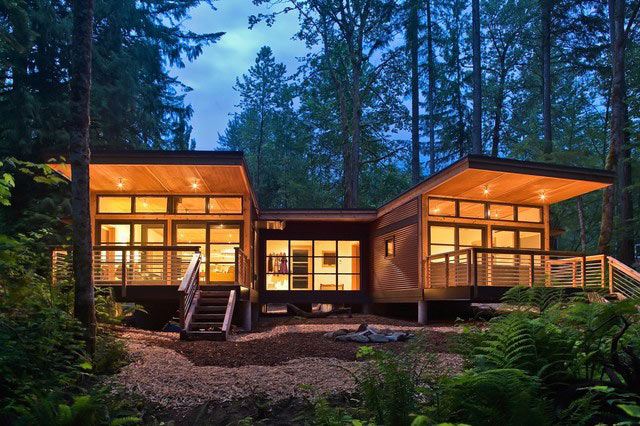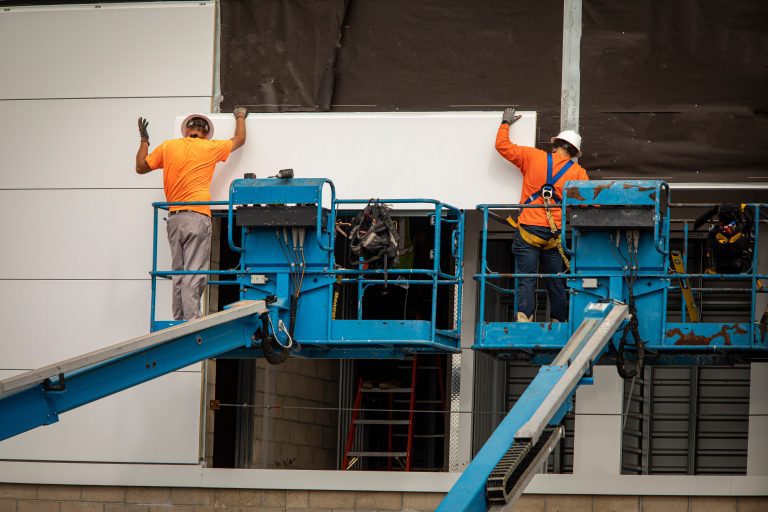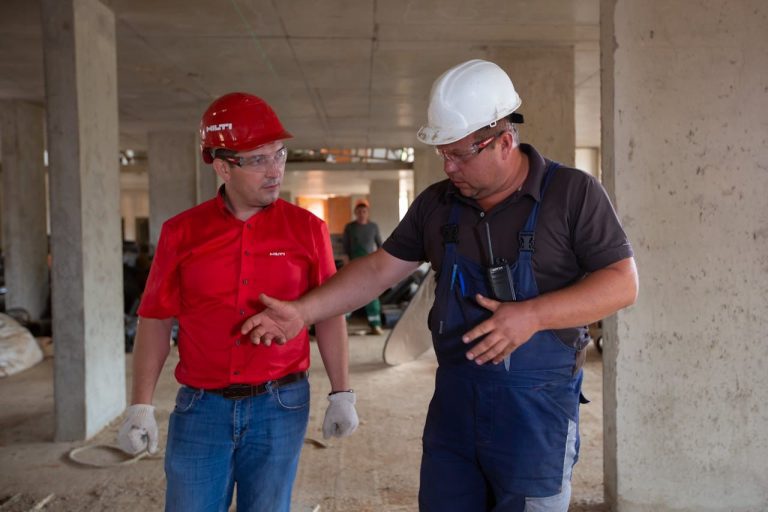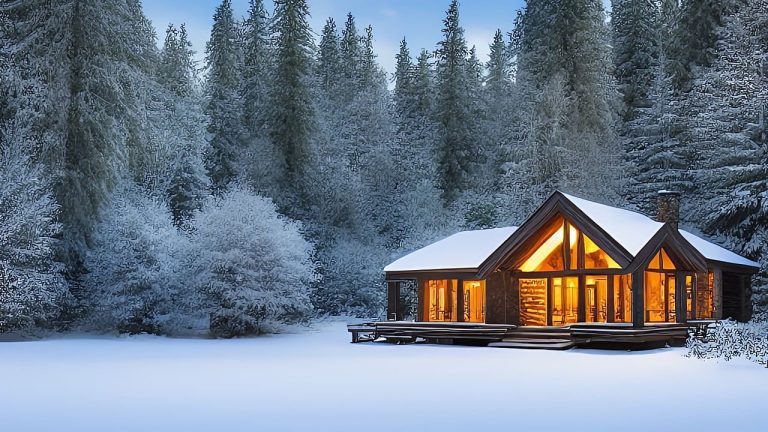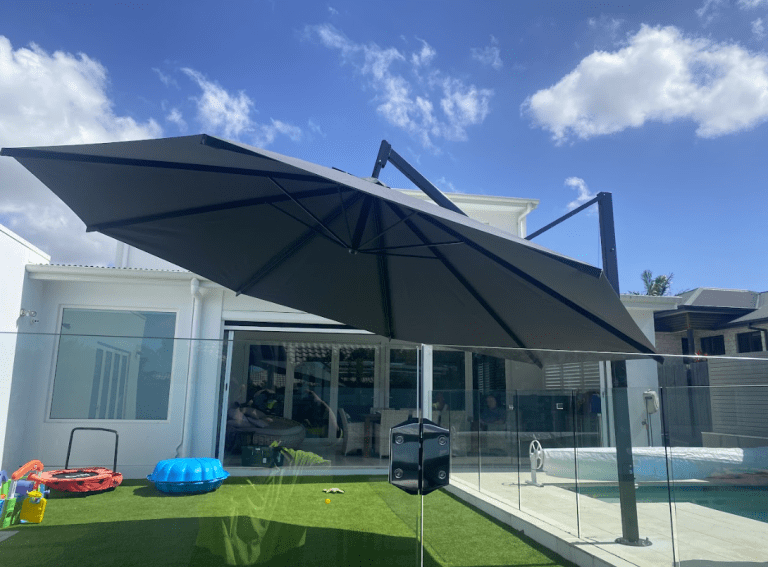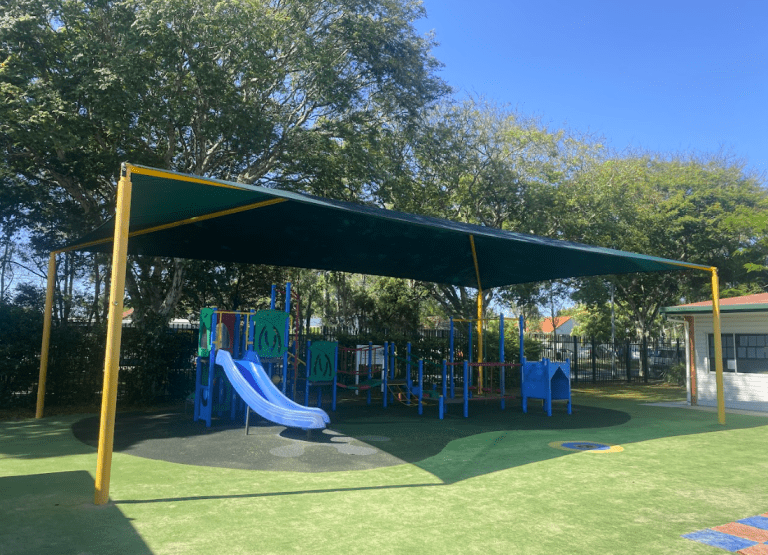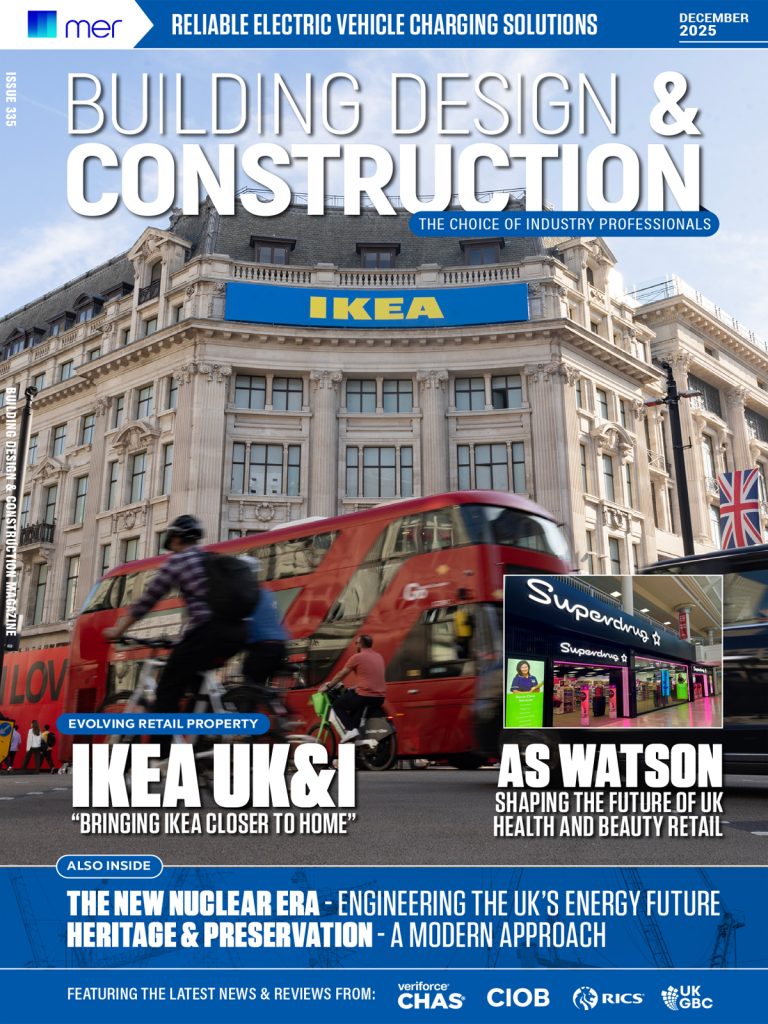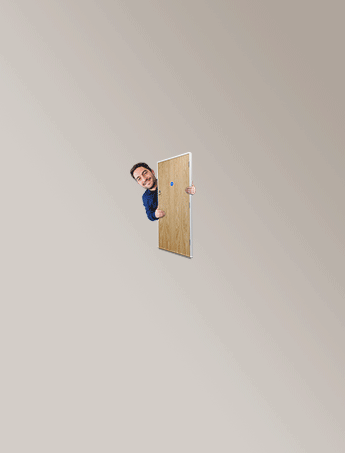When faced with the challenge of finding the perfect home, individuals may consider the option of constructing their own residence. In such instances, a decision must be made between opting for a stick-built house or a prefab home. A stick-built house refers to the traditional method of construction, wherein a team of workers assembles the home on-site over several months, incorporating plumbing and electrical systems as they go. On the other hand, a prefab home is constructed from pre-built components, offering a streamlined and efficient alternative to traditional construction methods. But, a confusion generally persists – are prefab homes good or bad? If you’re wondering that, don’t worry! We’ve got you covered. This article, you can learn about prefab homes, their benefits and disadvantages. What Is a Prefab Home? The term “prefab” is short for prefabricated, which briefly summarises the essence of prefab homes. These residences are manufactured in a controlled factory environment and transported in their entirety to the designated site for assembly. Compared to traditional homes, prefab homes offer a notably simplified construction and relocation process. Prefab homes typically come in three primary categories: manufactured, kit, and modular. Here’s a concise overview of each: Manufactured Homes: These homes are constructed in sections and assembled on-site by professionals using heavy machinery. They are subject to regulatory standards set by the country’s local Government. Kit Homes: Kit homes are simpler in design compared to manufactured homes but follow a similar construction process. In fact, many homebuyers can assemble kit homes themselves, making them a more accessible option. Modular Homes: Offering greater customisation options, modular homes allow for personalised floor plans tailored to individual preferences. Unlike manufactured and kit homes, modular homes are built on a fixed foundation, providing stability and durability. The Pros of Prefab Homes Prefab homes come with some significant benefits, including: Exceptional Energy Efficiency Prefab homes offer a multitude of benefits, foremost among them being their exceptional energy efficiency. Through meticulous construction, these homes boast tight seams and cutting-edge windows, effectively retaining heat and resulting in reduced energy bills. Additionally, the sturdy construction of modular homes grants them a reputation for resilience against natural disasters, offering homeowners added security and peace of mind. Contrary to common misconception, prefab homes are not synonymous with mobile homes. Prefabricated or modular, these homes are installed on a foundation like any other traditional home. Renowned for their high-quality craftsmanship, contemporary design, and sophistication, these homes cater to individuals seeking both sustainability and style in their living spaces. Fast Construction Swift construction stands as a key benefit of prefab homes. With ready-made components, assembly is simplified, minimizing on-site labor and utility connections. This efficiency, reflected in the term “modular,” expedites construction, reducing labor days and vulnerability to weather delays and illnesses. However, beyond construction speed, site preparation, including permit acquisition, can prolong the process. Thus, while prefab homes offer rapid assembly, additional time for site readiness and regulatory compliance is essential. Modular home assembly often uses pre-measured structural components like joist hangers, brackets and pre-cut rods to make the build process more straightforward. These parts arrive ready to install, helping ensure a consistent fit across each section of the home. In comparison, traditionally built houses are usually measured and cut on site, which gives more flexibility but can sometimes lead to small inconsistencies. Affordability Constructing a prefab home typically costs less than a comparable stick-built home, primarily due to reduced labor expenses. With fewer laborers working fewer days, prefab homes become move-in-ready more efficiently, translating to cost savings for homeowners. Additionally, heating and cooling expenses are often more economical in prefab homes compared to conventional ones. If considering existing home options, it’s prudent to compare market prices with prefab construction costs. Keep in mind that the level of fittings and customisation can influence prefab costs. Engage with the manufacturer to explore cost-saving strategies tailored to your needs. The Cons of Prefab Homes Like all the other homes, prefab homes also come with some disadvantages, such as, Land Costs To erect a prefab home, you must own the land beneath it. If not, purchasing land is necessary. Ensure the land permits prefab construction and utility hookup. Conduct soil tests on the designated land. Acquiring land, undergoing inspections, and obtaining permits entail costs, time, and effort. Some prefab home companies offer assistance, securing permits and incorporating expenses into the modular home’s cost. More Up-Front Payments When purchasing an existing home, a down payment of approximately 20% is typical, with the remainder repaid through a mortgage over time. Prefab homes often require upfront payment for construction before occupancy. Contracts outline installment schedules during construction. Ensuring affordability before commitment is crucial due to this pay-as-you-go approach. While upfront payment reduces interest costs, it necessitates financial readiness before purchasing and erecting a prefab home. Utilities Might Be Tough to Find Prefabricated homes pose challenges in coordinating utilities and site preparations. Leveling uneven terrain, laying foundations, and arranging sewer and electrical connections are necessary. Additionally, accessing city water or drilling for well water may be required. Consider prefab homes that offer assistance in managing these tasks, alleviating potential complexities. You can also hire a professional provider of building and property maintenance like Fixx, who can do this work for you. Conclusion Prefab home costs fluctuate depending on personal involvement and outsourcing. Some choose DIY kits, assembling with friends, while others prefer professional construction services, willing to pay for convenience. Consider your preferences and capabilities before selecting a prefab route. DIY projects offer cost savings but require time, effort, and skill. Contrarily, professional services reduce construction responsibilities but come at a higher price. Assess your budget, skills, and timeframe to determine the best approach. Whichever path you choose, ensure a thorough understanding of the process and associated commitments. With careful consideration, you can embark on your prefab home journey confidently, achieving your desired outcome within your means.

